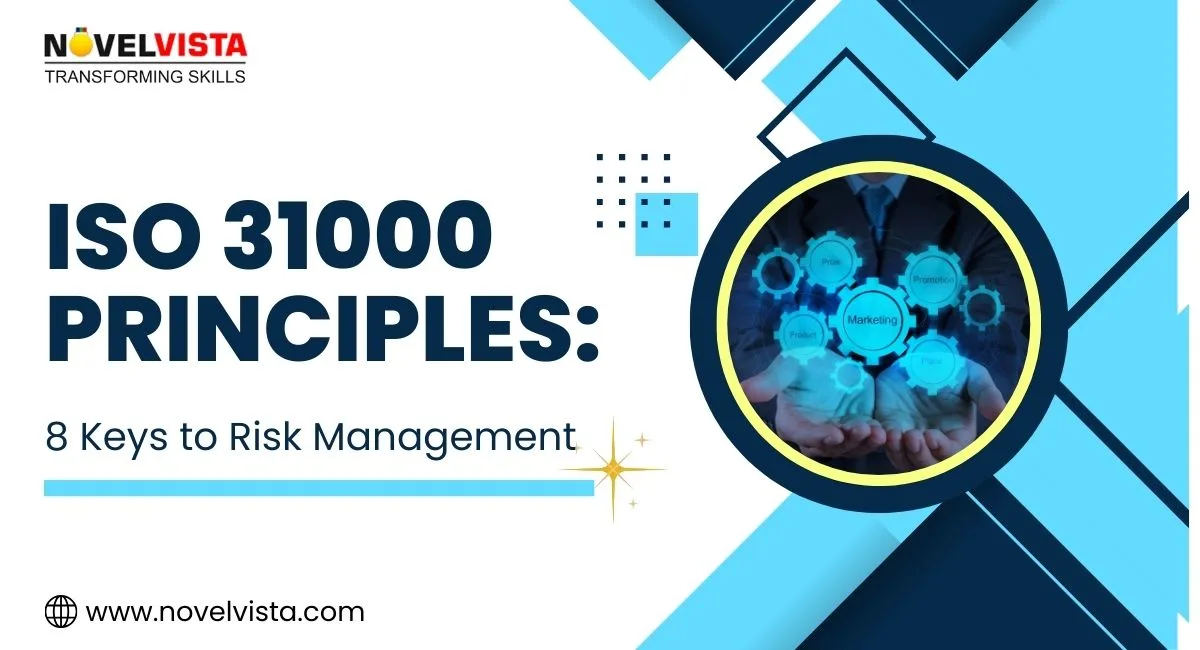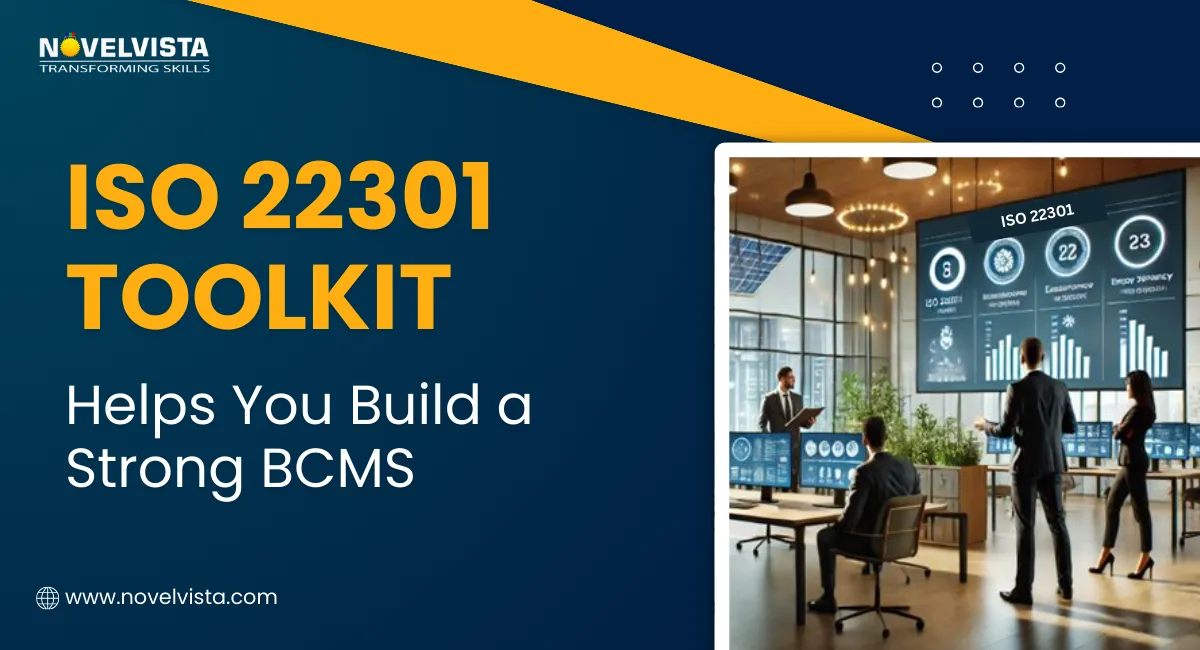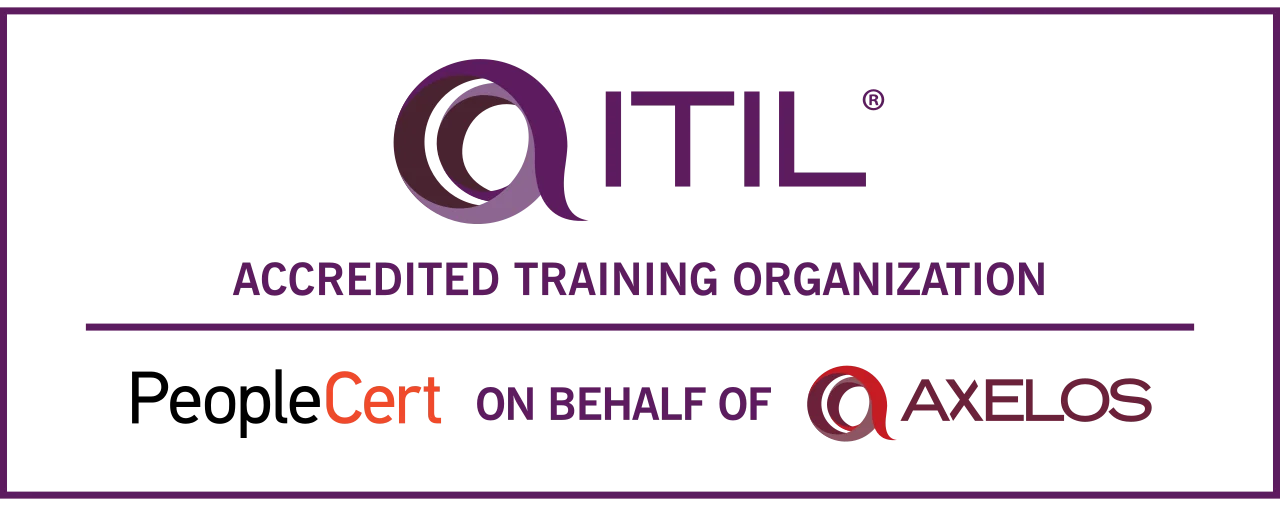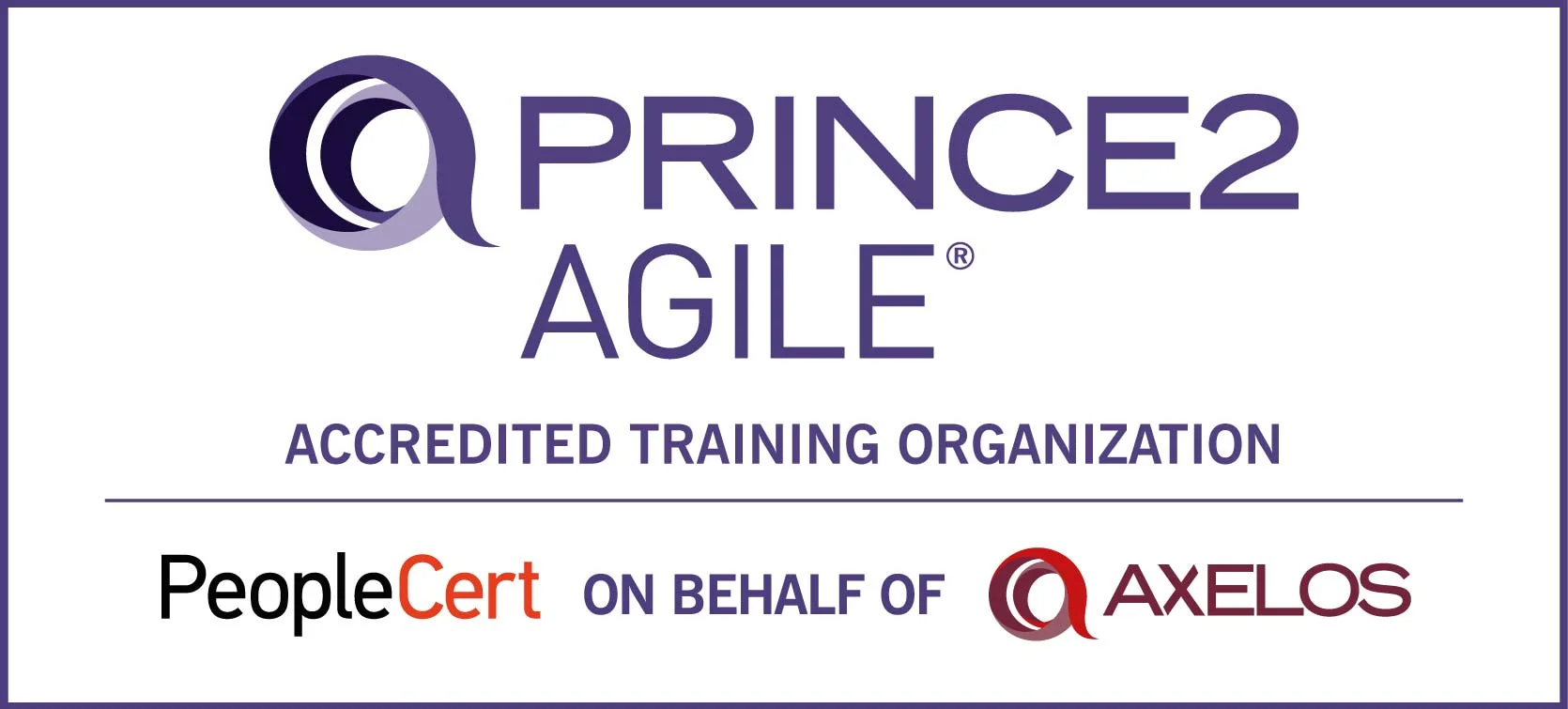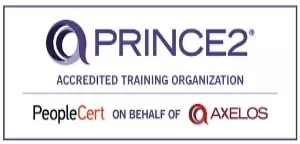In today’s unpredictable world, risk is an inherent part of any organization’s operations. Whether it’s financial risk, operational risk, or reputational risk, understanding how to effectively manage these uncertainties is critical to sustaining business success. That's where ISO 31000 principles come into play.
ISO 31000 is an international standard for risk management, providing a clear framework to help organizations identify, assess, and address risks in a systematic way. But understanding and applying these principles can be the game-changer. In this blog, we’ll dive into the 8 principles of ISO 31000 and how adopting them can significantly improve your organization’s risk management strategy.
By reading this, you’ll gain:
- A thorough understanding of ISO 31000 key principles.
- Practical ways to apply these principles in your organization.
- Insights on how training and certification can enhance your ability to manage risks effectively.
What is ISO 31000?
ISO 31000:2018 is a globally recognized standard for risk management, offering guidelines that help organizations create a robust framework for managing risk. It applies to any organization, regardless of size or industry, and focuses on creating value through effective risk management.
Purpose and Scope of ISO 31000:2018
ISO 31000 provides a comprehensive framework for integrating risk management into all aspects of an organization, from decision-making to strategic planning. It helps organizations establish a systematic approach to risk, considering both uncertainty and opportunity. The standard is structured around principles, a framework, and a process for managing risks.
Difference Between Framework and Process
- Framework: The structure that guides the integration of risk management into the organization’s overall strategy and governance.
- Process: The specific steps taken to assess, manage, and treat risks.
By adhering to these, organizations not only protect themselves from threats but also seize opportunities that contribute to their growth.
Key Benefits of Adopting ISO 31000
- Improved decision-making: By understanding risks thoroughly, organizations can make more informed decisions.
- Enhanced risk resilience: ISO 31000 helps organizations become more adaptive and resilient in the face of changing circumstances.
The 8 Key Principles of ISO 31000
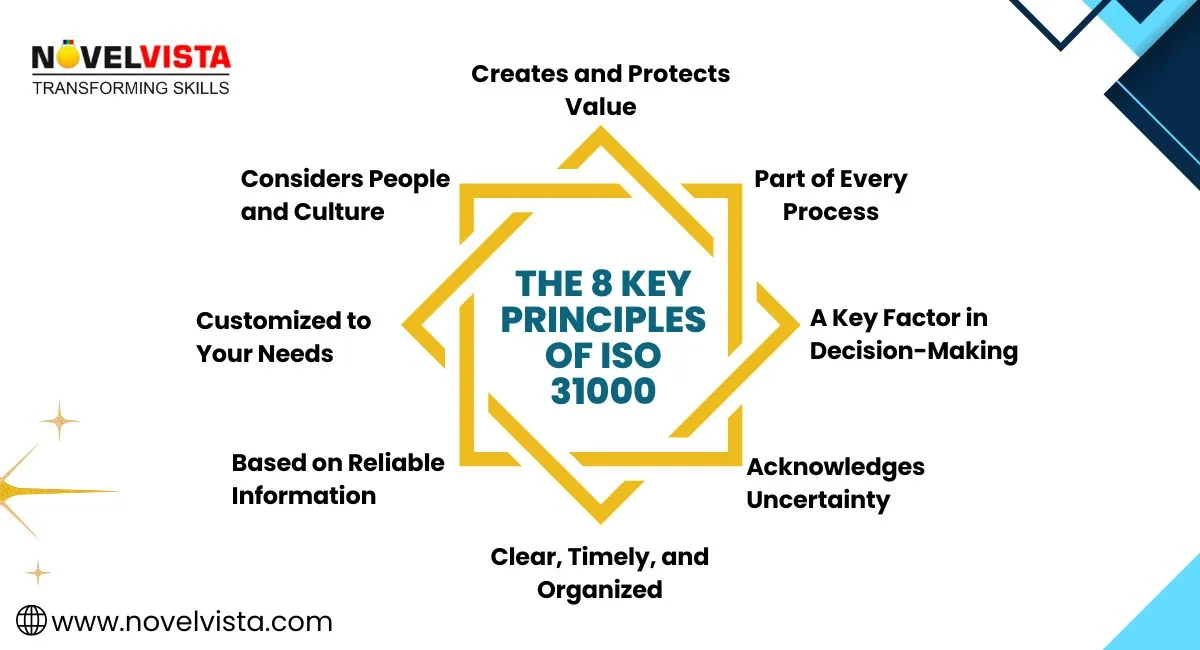
The ISO 31000 principles provide the foundation for a structured approach to risk management. These principles ensure that risk management becomes an integral part of the organization’s decision-making process. Below are the first four of the 8 key principles of ISO 31000:
1️. Creates and Protects Value
Risk management should support the achievement of objectives and improve organizational performance. It’s not just about preventing losses; it’s about enabling the organization to thrive by identifying and managing risks that could affect its value creation.
Practical Application:
- Integrate risk management into all business processes to enhance decision-making and achieve organizational goals.
- Proactively identify opportunities that arise from managing risk effectively.
2️. Part of Every Process
Risk management should not be a separate, stand-alone activity but rather integrated into all organizational processes and decision-making. It should be embedded into the culture, processes, and workflows across all departments.
Practical Application:
- Involve risk management in day-to-day activities, from strategic planning to routine operations.
- Make risk management a responsibility across all levels of the organization, ensuring everyone plays a role.
3️. A Key Factor in Decision-Making
Risk information should be considered when making decisions at all levels of the organization. The goal is to embed risk management into the decision-making process so that risks are considered alongside other important factors.
Practical Application:
- Encourage leaders at every level to consult risk management data when making major decisions.
- Provide clear, actionable risk information that supports decision-making at both tactical and strategic levels.
4️. Acknowledges Uncertainty
Risk management should acknowledge and address the inherent uncertainty associated with future events. Recognizing uncertainty allows organizations to better prepare for unknowns and mitigate potential risks effectively.
Practical Application:
- Use forecasting models to predict future risks and uncertainties.
- Develop contingency plans to address unexpected events or shifts in the market or environment.
5️. Clear, Timely, and Organized
Risk management should be a structured and systematic approach that is implemented in a timely manner. This principle emphasizes the need for a well-defined process that is integrated into the organization’s workflow. Additionally, risks must be identified, assessed, and treated promptly to ensure that they do not escalate or negatively affect the organization.
Practical Application:
- Establish clear timelines for risk management activities, ensuring that risks are addressed as soon as they are identified.
- Create standardized procedures for risk assessments, ensuring consistency and efficiency across departments.
6️. Based on Reliable Information
Risk management should utilize all available information, including historical data, expert opinions, and future forecasts. The better the information used, the more accurate the risk management process will be. Relying on high-quality, comprehensive data ensures that decisions are informed and realistic.
Practical Application:
- Gather data from various sources, such as market trends, internal reports, and industry benchmarks, to assess risks.
- Regularly update your information sources to ensure that your risk management processes remain current and relevant.
7️. Customized to Your Needs
The risk management approach should be tailored to the specific context, objectives, and risk profile of the organization. Not all organizations face the same risks or need the same solutions. Tailoring risk management processes ensures they are effective and appropriate for your specific needs.
Practical Application:
- Customize risk management processes based on the scale and nature of your organization’s activities.
- Adapt the principles and frameworks of ISO 31000 to address specific risks that are unique to your industry, organization size, or business environment.
8️. Considers People and Culture
Human behavior and organizational culture significantly influence risk management. Understanding how individuals and groups perceive risk, make decisions, and respond to uncertainty can shape the effectiveness of risk management practices.
Practical Application:
- Promote a risk-aware culture by educating employees on the importance of risk management and encouraging open communication about risks.
- Ensure that organizational values and behaviors align with the overall risk management strategy, fostering an environment where risk discussions are welcomed and acted upon.
Applying ISO 31000 in Practice
Now that we’ve covered the 8 principles of ISO 31000, let’s look at how these principles can be applied in practice to create a more resilient organization.
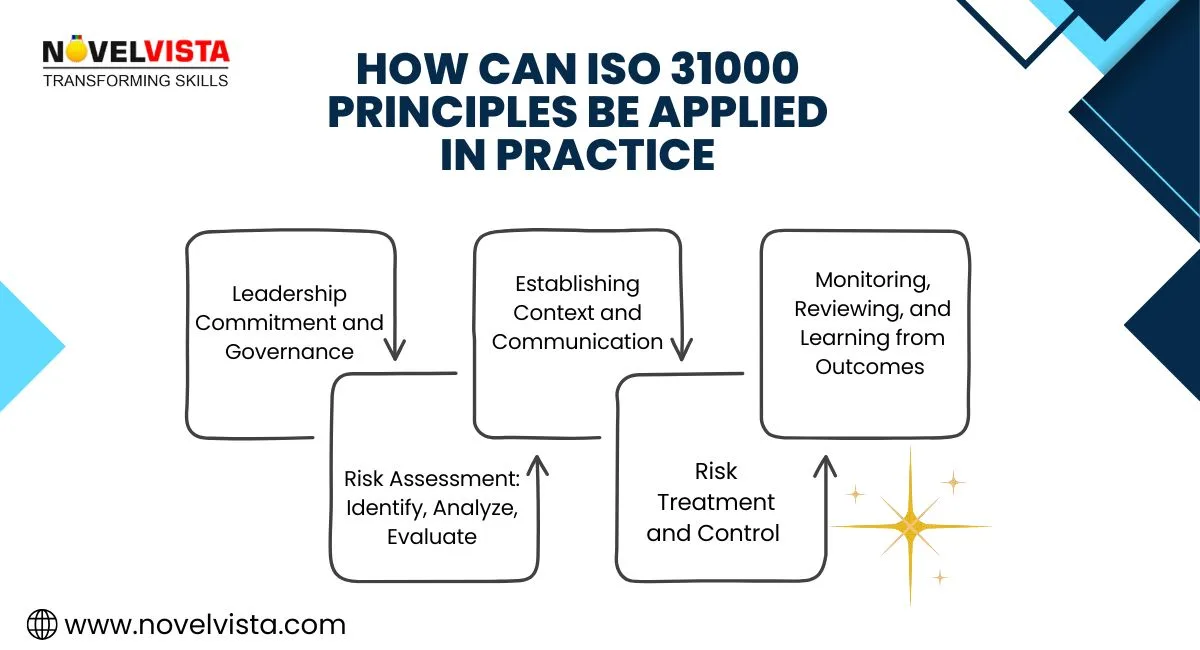
Leadership Commitment and Governance
Effective risk management starts with leadership. Organizations must ensure that risk management is not only a top priority but also integrated into the governance structures. Leaders should actively support and drive risk management processes, ensuring alignment with business objectives.
Establishing Context and Communication
To apply ISO 31000 effectively, organizations need to clearly define their risk management context. This involves understanding the internal and external factors that could influence risk management decisions, as well as ensuring consistent and transparent communication across all levels of the organization.
Risk Assessment: Identify, Analyze, Evaluate
Once the context is established, the next step is to identify potential risks. This involves analyzing both qualitative and quantitative data to assess the likelihood and impact of various risks. After identifying and analyzing risks, organizations need to evaluate them based on their significance and potential impact.
Risk Treatment and Control
With risks identified, the next step is risk treatment. This involves deciding how to manage the risks, whether by avoiding them, reducing their impact, transferring the risk, or accepting the residual risk. Effective controls should be put in place to mitigate risks where possible.
Monitoring, Reviewing, and Learning from Outcomes
Risk management should be a continuous process. Organizations must regularly monitor risks, assess the effectiveness of risk treatments, and learn from past outcomes to improve future risk management practices. This ongoing review ensures that risk management remains relevant and adaptable to new challenges.
ISO 31000 Principles & Toolkit
Learn the 8 core principles and use ready-made templates to implement them effectively.
ISO 31000 Training & Certification by NovelVista
Implementing the iso 31000 principles for risk management requires not just understanding the theory but also applying it effectively. This is where ISO 31000 training becomes crucial for professionals looking to enhance their risk management skills.
Why Formal Training Matters
Formal training helps professionals learn how to apply the 8 principles of ISO 31000 in their specific organizational context. It also enhances their ability to assess and manage risks in a way that adds value to the organization, improving overall performance and reducing uncertainty.
How NovelVista Can Help
At NovelVista, we offer comprehensive ISO 31000 training courses that equip professionals with the knowledge and practical skills to implement effective risk management strategies. Our courses cover:
- Understanding and applying the ISO 31000 key principles.
- Integrating risk management into organizational processes and decision-making.
- Real-world applications of the ISO 31000 risk principles for maximum impact.
Benefits of Certification
Achieving ISO 31000 certification from NovelVista not only boosts your career prospects but also enhances your organization's credibility in managing risk. The certification shows that you have the expertise to apply ISO 31000 principles and guidelines effectively, contributing to a more resilient and risk-aware organization.
Conclusion
In conclusion, adopting the ISO 31000 principles is a strategic move for any organization aiming to manage risks systematically and effectively. By embedding these 8 key principles of ISO 31000 into your organizational culture, you create a proactive, risk-aware environment that supports better decision-making, enhances resilience, and ultimately contributes to your long-term success.
To successfully integrate these principles into your organization, formal ISO 31000 training and certification are essential. Equip yourself with the skills to lead effective risk management practices by partnering with NovelVista.Frequently Asked Questions
Author Details

Vaibhav Umarvaishya
Cloud Engineer | Solution Architect
As a Cloud Engineer and AWS Solutions Architect Associate at NovelVista, I specialized in designing and deploying scalable and fault-tolerant systems on AWS. My responsibilities included selecting suitable AWS services based on specific requirements, managing AWS costs, and implementing best practices for security. I also played a pivotal role in migrating complex applications to AWS and advising on architectural decisions to optimize cloud deployments.
Confused About Certification?
Get Free Consultation Call

